It is, however, part of a real city and not a utopian model, and consequently the memory of Joseph Paxton takes on a flavor of a disenchanted but timely repêchage.
The Civic Center in Derby is in fact an urban "heart."
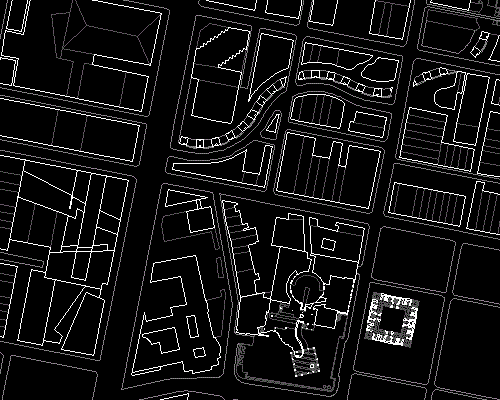
It also brings to mind the bridge of Pyrex tubes at the Johnson Wax building by Frank Lloyd Wright, and perhaps even more strongly recalls an unbuilt as well as undesigned architecture--the shopping arcade modeled on a sort of circular Crystal Palace which, following the description by Ebenezer Howard, was to have surrounded the central area of the ideal Garden City.
The shopping arcade recalls the Burlington Arcade in London.
The entire work of Stirling possesses this "oblique" character.
An ambiguous and amused reference to history is spelled out by the facade of the old Assembly Room, inclined by 45° and serving as a proscenium to the theater which is defined by the U-shaped gallery.
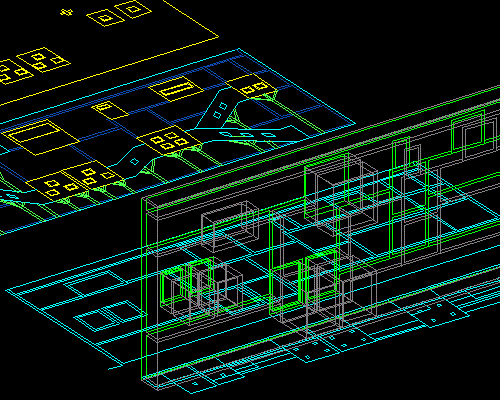
Let us look at the design for the Civic Center at Derby.
Stirling has "rewritten" the "words" of modern architecture, building a true "archeology of the present."
| |
It indeed reveals the consequence of a reduction of the architectural object to pure language, yet it wishes to be compared to the tradition of the Modern movement, to be measured against a body of work strongly compromised in an antiliguistic sense.
The parabola which Stirling has followed has a high degree of internal consistency.
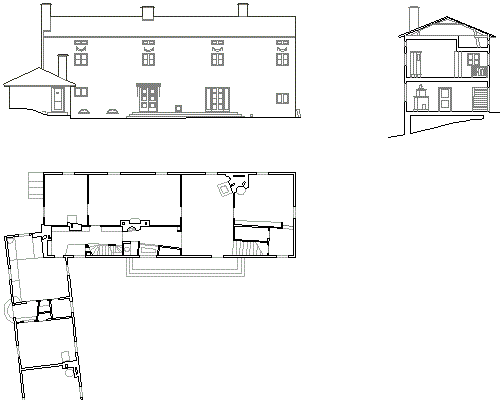
In his more recent works, including the Siemens AG Headquarters in Munich, the Olivetti training school at Haslemere and the housing for Runcorn New Town, we have wished to see a change of direction, a break with the disquieting composition of Constructivist, Futurist, Paxtonian, Victorian memories of his university buildings at Leicester, Cambridge, and Oxford, and of the Civic Center designed with
Leon Krier for Derby.
The best example of this is seen in the work of James Stirling. Kenneth Frampton, Marc Girouard, Joseph Rykwert, and Charles Jencks' have distinguished themselves in their attempts to give meaning to the enigmatic and ironic usage of "quotation" in Stirling's work.
This struggle is apparent if we see how, in recent works, the compositional strictness oscillates precariously between the forms of "comment" and those of "criticism."
And where contemporary architecture poses, ostentatiously, the problems of its meaning, we must look for the signs of a regressive utopia, even if these signs mime a struggle against the role of language.
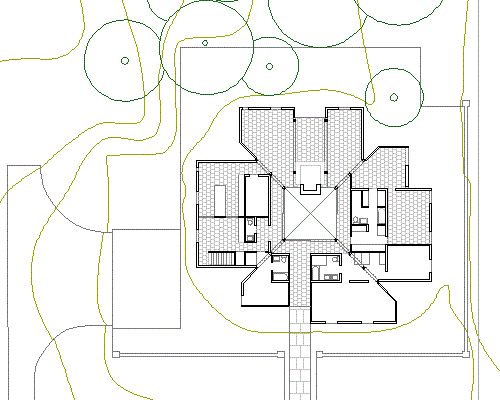
This would apparently exclude any attempt to question the language as a system of meanings whose discourse it is necessary to reveal.
As has been acutely pointed out, to Nietzsche's question "Who speaks?" Mallarmé has answered, "The word itself."
| |
Criticism, in other words, sees itself constrained to adopt a "repressive" character if it wishes to free that which is beyond language; if it desires to bring upon itself the cruel autonomy of architectural writing, and if, after all, it wishes the "mortal silence of the sign" to
speak.
We must, however, keep in mind that any analysis which attempts to grasp the structural relationship between the specific forms of the architectural language and the world of production of which they are a part must do so by violating the object of the analysis itself.
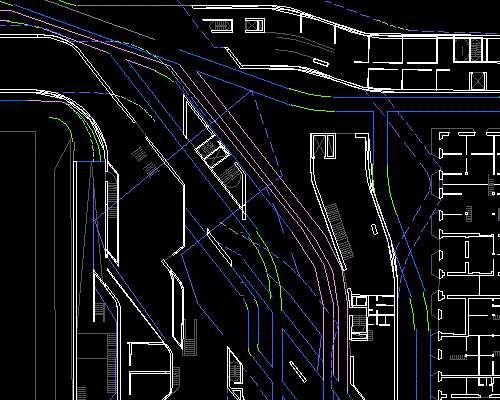
All this we will do to locate with precision, yet without an easy optimism, the role of the difficult exchange between intellectuals and class movements.
We will therefore examine: (1) those trends which respond to language as a purely technical neutrality, which set themselves against the destruction of language as it is generated by a bureaucraticized architecture; this will allow us to reveal the answers offered by the profession and on that research which tries to renew an awareness of linguistic processes and to link up with the experiments of the avant-garde which have been influenced by formalist methodologies (2) research based on the dissolution of language itself, on the systematic destruction of form that is aimed at the total control of the technological environment; (3) research which interprets architecture as criticism and irony, as well as that which deliberately denies the possibility of an architectonic communication in favor of a neutral system of "information"; and (4) the emergence of an architecture which aims to redistribute the capitalistic division of labor, which moves towards an understanding of the technician's role in building--that is, as a responsible partner in the economic dynamics and as an organizer directly involved in the production cycle.
Instead, we would like to focus attention on a set of particularly important attitudes, asking ourselves which role criticism must take.
We must immediately warn the reader that we have no intention of reviewing recent architectural trends.
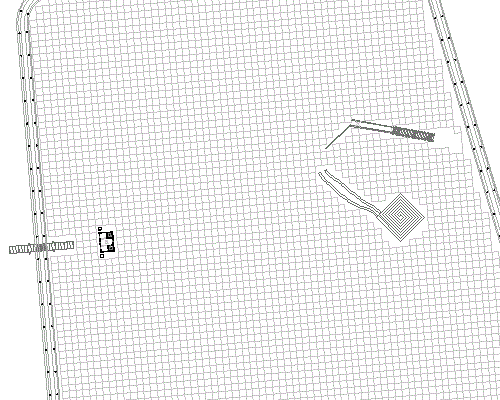
It is precisely with a sense for a certain salvage operation that we wish to confront the language of criticism: after all, to historicize deliberately such antihistorical attempts only means to reconstruct single-mindedly the system of metaphoric ambiguities which are too openly problematic to be left isolated as disquieting beings.
The words of their vocabulary, gathered from the desolate lunar landscape remaining after the sudden conflagration of their grand illusions, lie perilously on that sloping plane which separates the world of reality from the magic circle of language.
|





